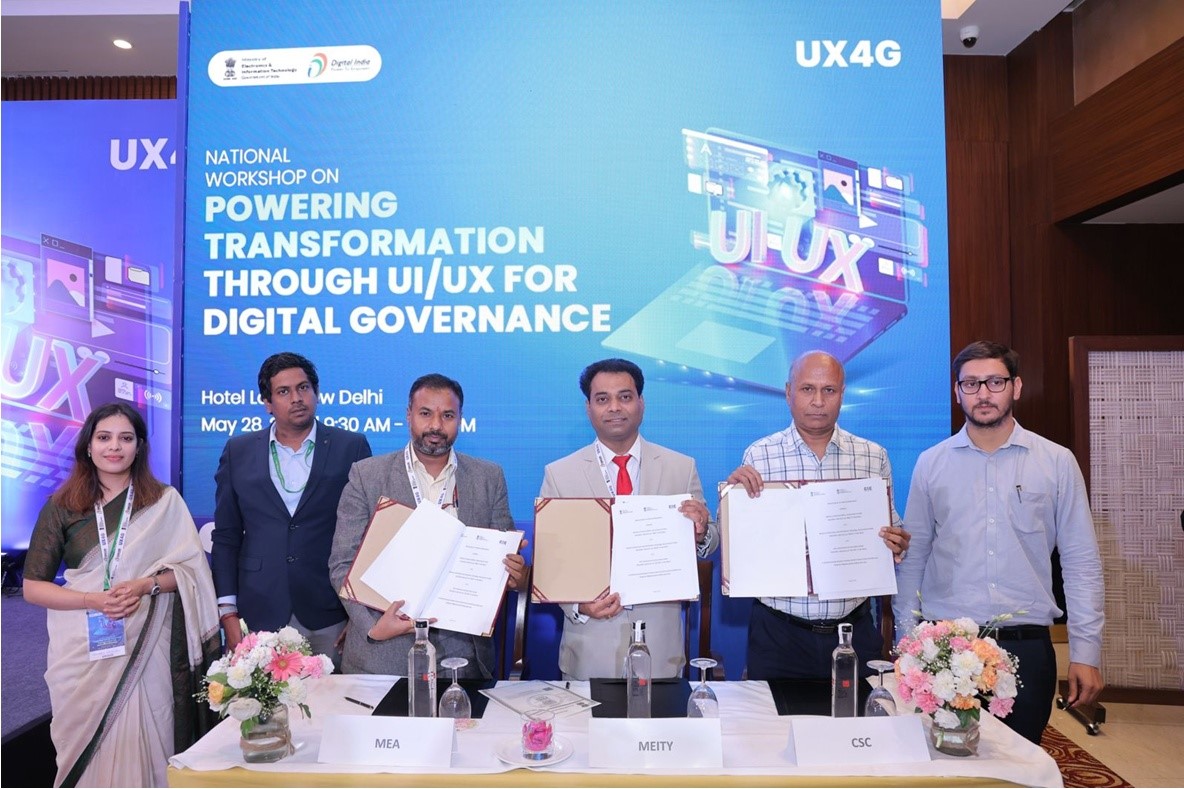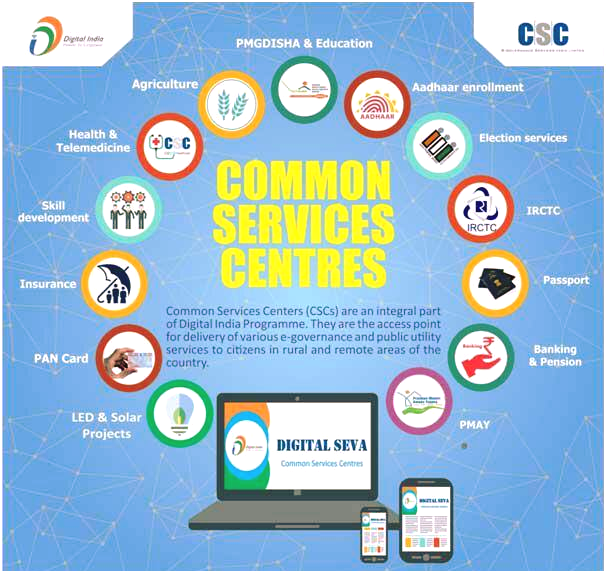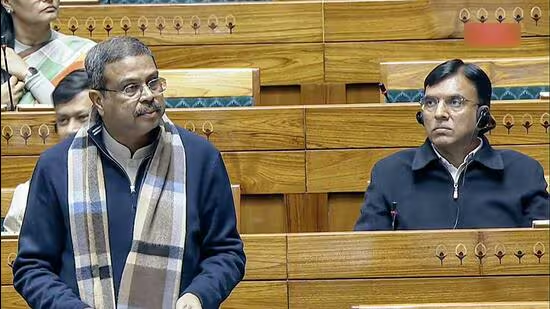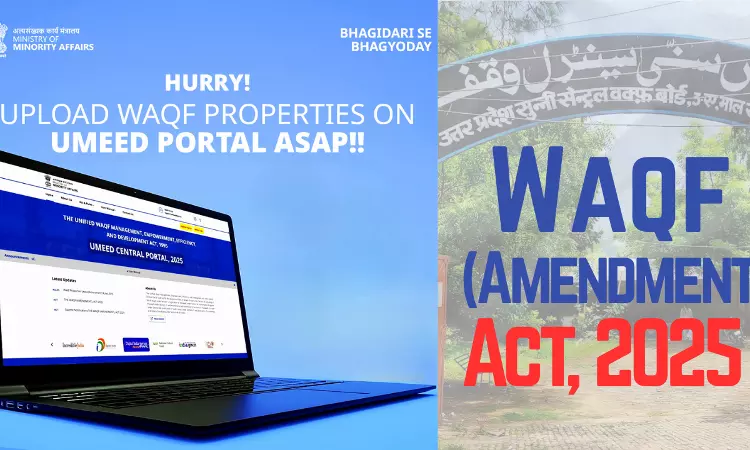





Copyright infringement not intended
Picture Courtesy: https://pib.gov.in/PressReleasePage.aspx?PRID=2022065
Context: A Memorandum of Understanding (MoU) has been signed between the Ministry of External Affairs (MEA), Ministry of Electronics and Information Technology (MeitY), and CSC eGovernance Services India Limited to provide eMigrate services through Common Services Centers (CSCs) in the country.
About eMigrate
|
Blue-Collar Worker |
|
|
●A blue-collar worker is a working-class person who performs manual labour or skilled trades, such as manufacturing, warehousing, mining, excavation, carpentry, electricity generation, electrical construction, and more. They often involve physical work, such as building or maintaining structures. ●A white-collar worker typically works in an office environment and may sit at a computer or desk. ●A third type of work is a service worker, which involves customer interaction, entertainment, and sales, particularly in traditionally female-dominated roles like nurses, teachers, early childhood educators, and florists. |
|
Components of the MoU
|
Common Service Centres (CSCs) ●It is an initiative of the Ministry of Electronics and IT (MeitY) which aims to provide electronic services to villages in rural India. ●CSCs are not just service delivery points but also promote rural entrepreneurship and build rural capacities and livelihoods. ●The CSC e-Governance Services India Limited is a Special Purpose Vehicle (CSC SPV) that monitors the implementation of the CSC scheme. ●CSCs enable three vision areas: digital infrastructure as a utility to every citizen, governance and services on demand, and digital empowerment of citizens. ●The CSC 2.0 Scheme aims to expand the self-sustaining CSC network to 2.5 lakh Gram Panchayats for the delivery of various electronic services. This includes strengthening and integrating existing 100,000 CSCs and making operational an additional 1.5 lakh CSCs in Gram Panchayats. |

Source:
|
PRACTICE QUESTION Q. Consider the following objectives: A) Promoting white-collar jobs B) Digitising emigration processes for blue-collar workers C) Encouraging service-based employment How many of the above are the primary objectives of the eMigrate project? A) Only one B) Only two C) All three D) None Answer: A |





© 2025 iasgyan. All right reserved